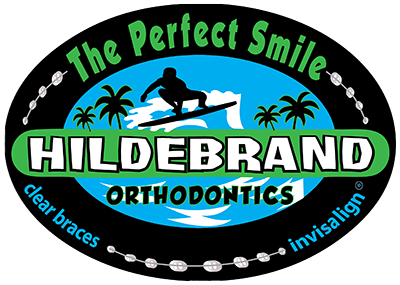817-803-8090
Unlocking the Potential of Early Orthodontic Treatment

Unlocking the Potential of Early Orthodontic Treatment
Orthodontic treatment is often associated with teenagers and adults wearing braces to correct misaligned teeth and bites. However, there is a growing recognition of the benefits of early orthodontic intervention. Early orthodontic treatment, also known as interceptive orthodontics, focuses on addressing orthodontic issues in children at a younger age. In this blog, we will explore the potential of early orthodontic treatment and how it can positively impact a child’s dental development and overall oral health.
Understanding Early Orthodontic
Treatment Early orthodontic treatment aims to address dental and skeletal irregularities during a child’s growth and development phase, typically between the ages of 7 and 11. This proactive approach allows orthodontists to intervene and guide the growth of the jaw, correct bite problems, and create space for permanent teeth. The goal is to prevent or minimize more extensive orthodontic treatment in the future.
Identifying Orthodontic Issues In Children
Malocclusions: Early orthodontic treatment can address various malocclusions, such as overcrowding, excessive spacing, crossbite, overbite, and underbite. By identifying these issues early on, orthodontists can guide the development of the jaw and teeth, minimizing the need for extraction or surgical procedures later.
Dental Midline Discrepancy: A dental midline discrepancy occurs when the center line of the upper and lower front teeth does not align properly. Early orthodontic treatment can correct this issue, ensuring proper alignment and harmony between the upper and lower dental arches.
Thumb Sucking and Tongue Thrusting: Prolonged thumb sucking or tongue thrusting habits can lead to orthodontic problems, such as open bites or misalignment of teeth. Early intervention can help break these habits and promote healthy dental development.
Benefits Of Early Orthodontic Treatment
Improved Facial Aesthetics: Early orthodontic intervention can guide the growth of the jaw and teeth, enhancing facial balance and aesthetics. By addressing skeletal discrepancies at a young age, orthodontists can optimize the harmony between the features of the face.
Reduced Treatment Time: Early orthodontic treatment can reduce the overall treatment time needed for orthodontic correction. By addressing orthodontic issues early on, orthodontists can take advantage of the child’s growth potential, making the subsequent phases of treatment more efficient.
Preserved Space for Permanent Teeth: Interceptive orthodontics can create space for permanent teeth to erupt properly, reducing the likelihood of crowding and the need for tooth extraction in the future.
Improved Bite Function: Early orthodontic treatment can correct bite problems, such as crossbite or underbite, improving chewing efficiency, speech development, and overall oral function.
Types Of Early Orthodontic Appliances
Fixed Appliances: Common fixed appliances used in early orthodontic treatment include braces, expanders, and space maintainers. Braces are used to straighten teeth and correct bite issues, while expanders help widen the upper jaw to address crossbites and create space. Space maintainers are used to preserve space for permanent teeth when primary teeth are lost prematurely.
Removable Appliances: Removable appliances, such as retainers and functional appliances, are also utilized in early orthodontic treatment. Retainers help maintain the corrected position of teeth, while functional appliances aid in modifying jaw growth and improving bite alignment.
The Bottom Line
Early orthodontic treatment has the potential to unlock a child’s optimal dental development and prevent or minimize the need for extensive orthodontic treatment later in life. By addressing orthodontic issues at a young age, orthodontists can guide the growth of the jaw, correct bite problems, and create space for permanent teeth. The benefits of early intervention include improved facial aesthetics, reduced treatment time, preserved space for permanent teeth, and enhanced bite function. If you have concerns about your child’s dental development, consult with an orthodontist experienced in early orthodontic treatment to explore the possibilities of unlocking their full smile potential.





